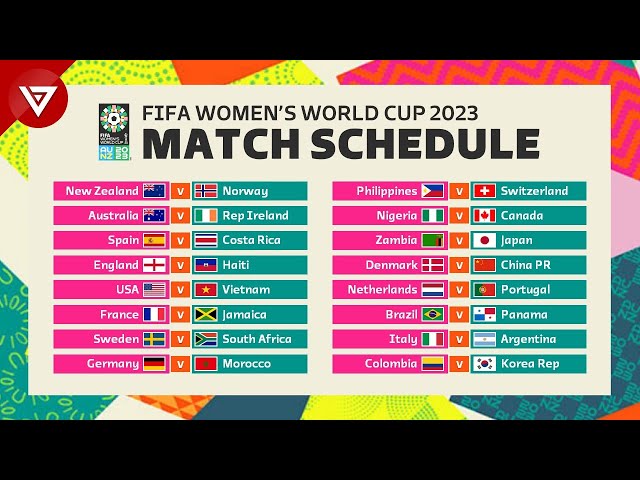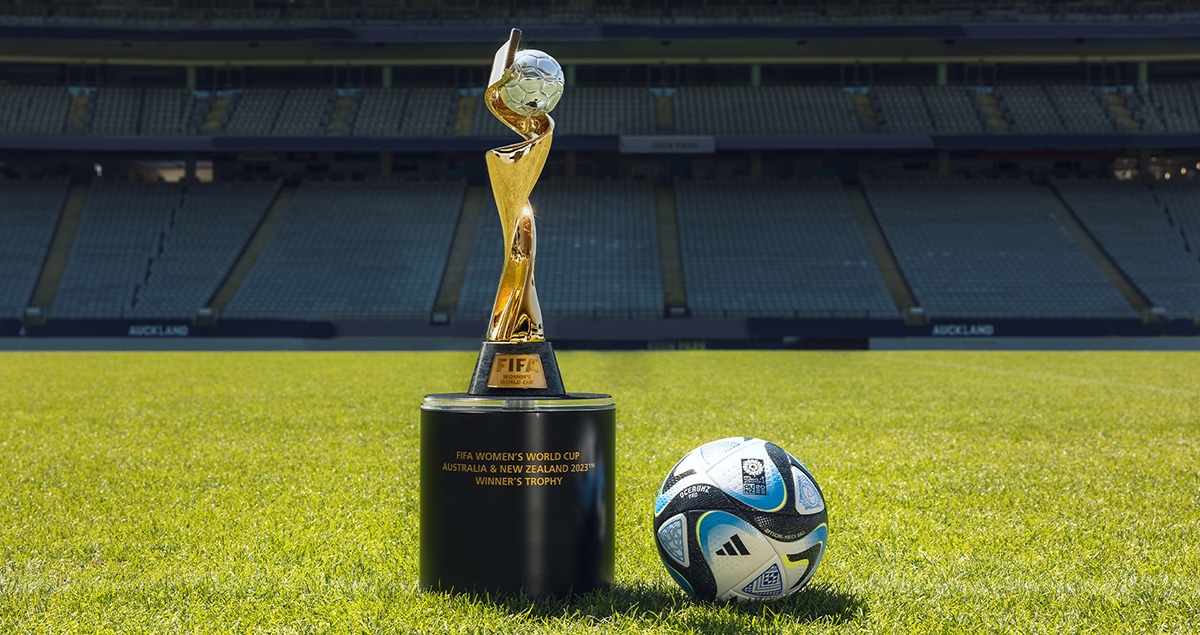Introduction
The Women’s World Cup, an international football tournament, is held every four years to highlight the physical prowess, global camaraderie, and empowerment of women. Since it started in 1991, the competition has grown in popularity and importance, showcasing the incredible talent and commitment of female athletes. The world’s governing body for football, FIFA (Fédération Internationale de Football Association), is in charge of organising it. The competition, which is the female version of the FIFA World Cup for men, has grown in popularity and notoriety since it first started.

The Beginning and Development of a Global Spectacle Women’s World Cup
The inaugural Women’s World Cup was held in China in 1991, which marked a huge advancement for women’s football on the global stage. There were just 12 teams present, but the competition created the foundation for future editions to expand and bring bigger audiences. This significant match today features 24 teams from many continents, demonstrating the broad appeal of women’s football. Since then, each Women’s World Cup, which is held every four years, has seen the qualification and participation of new teams.
The following general descriptions apply to the different women’s national football teams from various regions of the world.

United States
The United States women’s national team (USWNT) is one of the most successful and dominant teams in women’s soccer history. They have won the Women’s World Cup four times (1991, 1999, 2015, and 2019), in addition to numerous Olympic gold medals. The USWNT is well known for its talented athletes, great team cohesion, and offensive strength.
Germany
The German women’s national team is another powerful force in women’s football. They have a lengthy history of playing football, and in 2003 and 2007, they both won the Women’s World Cup. Germany has consistently been one of the world’s top teams and has produced a great number of outstanding players over the years.
Brazil
Brazil‘s women’s national football squad is renowned for its flair and talent. They have some of the greatest players ever, including Marta, who is frequently recognised as one of the greatest female players in history. Brazil has never won the Women’s World Cup, but they have consistently been a strong opponent in major tournaments.
Japan
The women’s national football team of Japan is noted for its technical, possession-based style of play. In a thrilling match, they prevailed against the United States to win the Women’s World Cup in 2011. Because of its gifted athletes who are superb ball handlers and their disciplined teamwork, Japan has achieved success.
England
The women’s national football team of England is known as The Lionesses, and they have recently grown in popularity. They have both a strong local league and excellent players who have garnered interest on a global scale. England, a team that is still capable of winning, made it to the 2019 Women’s World Cup semifinals.
France
As host of the 2019 Women’s World Cup, France showed its growing support for and growth of women’s football. The French women’s national team, Les Bleues, has a talented roster and has been performing well in important competitions.
Canada
In recent years, Canada’s women’s national football team has improved and gained greater attention. Their potent defence is led by star players like Christine Sinclair, who holds the record for most international goals in men’s and women’s football history.
Australia
The Australian women’s national football team, the Matildas, is a dominant force in women’s football. They combine young and seasoned skill, and they have been giving outstanding performances in several competitions.
Netherlands
The Netherlands’ Oranje women’s national football team made significant strides in international women’s football and won the Women’s European Championship (UEFA Women’s Euro) in 2017.
These are just a few of the many national football teams for women that play all over the world. Women’s football is more diverse and exciting than ever thanks to each team’s unique playing styles, advantages, and histories.
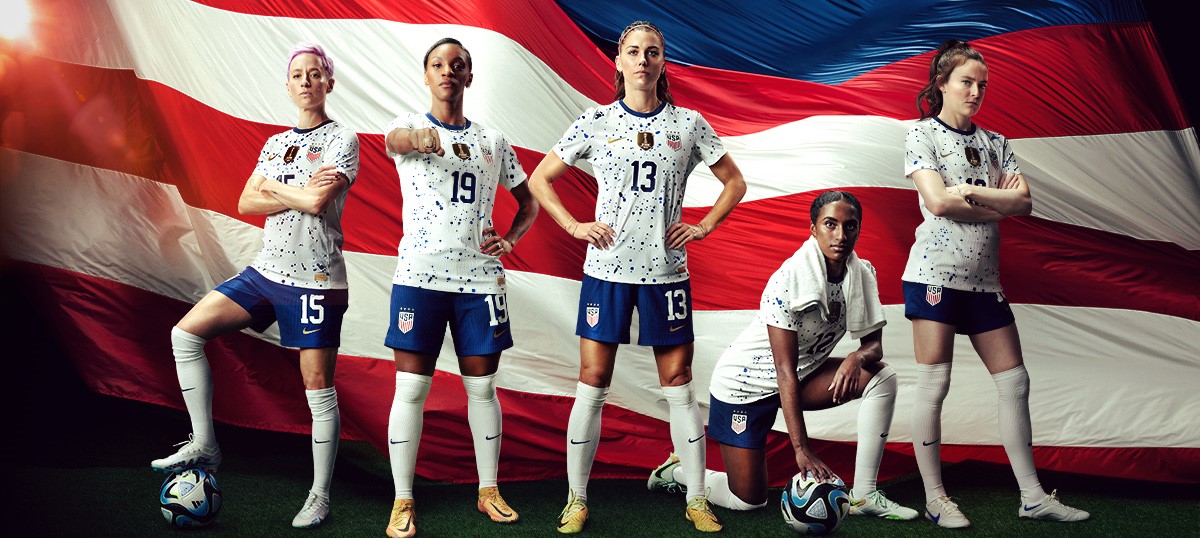
The United States women’s national football team (USWNT) holds the record for scoring the most goals in Women’s World Cup history. They achieved this record in part because they won the competition and made several appearances.
The USWNT is well known for its offensive strength and is one of the most productive scoring teams in women’s football. They’ve won four Women’s World Cups (1991, 1999, 2015, and 2019), and they’ve made many more finals, including one in 2011.
Thanks to brilliant players like Mia Hamm, Abby Wambach, Alex Morgan, and many others, the USWNT has achieved tremendous milestones and set incredible records in women’s football.
At various times and in various competitions, different teams have been successful. The United States women’s national football team (USWNT) and the German women’s national football team are historically recognised as two of the best and most successful women’s football teams due to their numerous Women’s World Cup victories.
Nevertheless, the landscape of women’s football is always shifting, and other countries—including Japan, Brazil, England, France, and others—have also established themselves as strong rivals.
Format
The Women’s World Cup still follows a similar format to the Men’s World Cup, despite numerous changes over the years. The initial phase of the competition, which typically involves grouping 24 teams into separate groups, is followed by elimination rounds and the championship game. As FIFA periodically evaluates and alters the tournament format, future incarnations of the event may have a different number of teams and a different format.
Qualification
National teams enter the Women’s World Cup through regional qualifying tournaments. Each confederation, including UEFA (Europe), CONMEBOL (South America), CONCACAF (North, Central America, and the Caribbean), AFC (Asia), CAF (Africa), and OFC (Oceania), chooses the teams that will represent their region in the World Cup by organising its qualification rounds.
Host Country
The host nation for each Women’s World Cup is selected through a bid process. FIFA solicits bids from interested nations, which it then evaluates to choose which nation will serve as the event’s host.
Popularity and Growth
As more people worldwide pay attention to women’s football, the Women’s World Cup has increased tremendously in popularity and viewership over time. The competition has been essential in promoting women’s and girls’ equality in sports and inspiring them to play football at all levels.
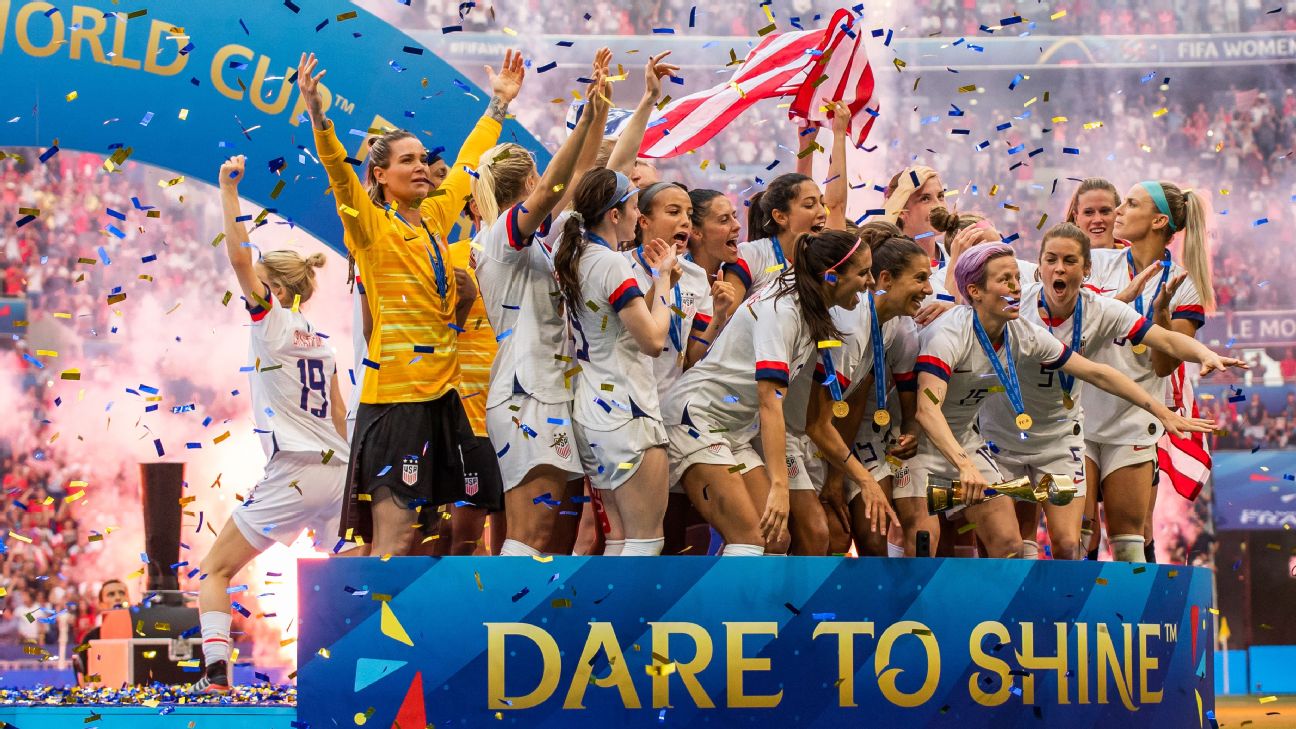
Success and Impact
The Women’s World Cup has raised significant societal concerns like gender equality, LGBTQ+ rights, and fair treatment of female athletes. Beyond the playing field, the athletes’ commitment for equality has boosted their voices and left a lasting impression on cultures all across the world.
Empowering Female Athletes
In order to advance gender equality in sports and empower female athletes, the Women’s World Cup was essential. The event has erased stereotypes and revealed the tremendous talent and proficiency of female football players. Numerous young girls have been inspired to pursue their dreams in any area by female football players because of their toughness and dedication.

Memorable Moments
Over the years, the Women’s World Cup has generated a number of noteworthy events that have had an impact on the growth of women’s football. Each version has had its fair share of exhilarating moments, from dramatic penalty shootouts to amazing last-second goals. Notable instances include Marta’s poignant speech urging girls to dream big during the 2019 competition and Carli Lloyd’s incredible hat-trick in the 2015 final game.
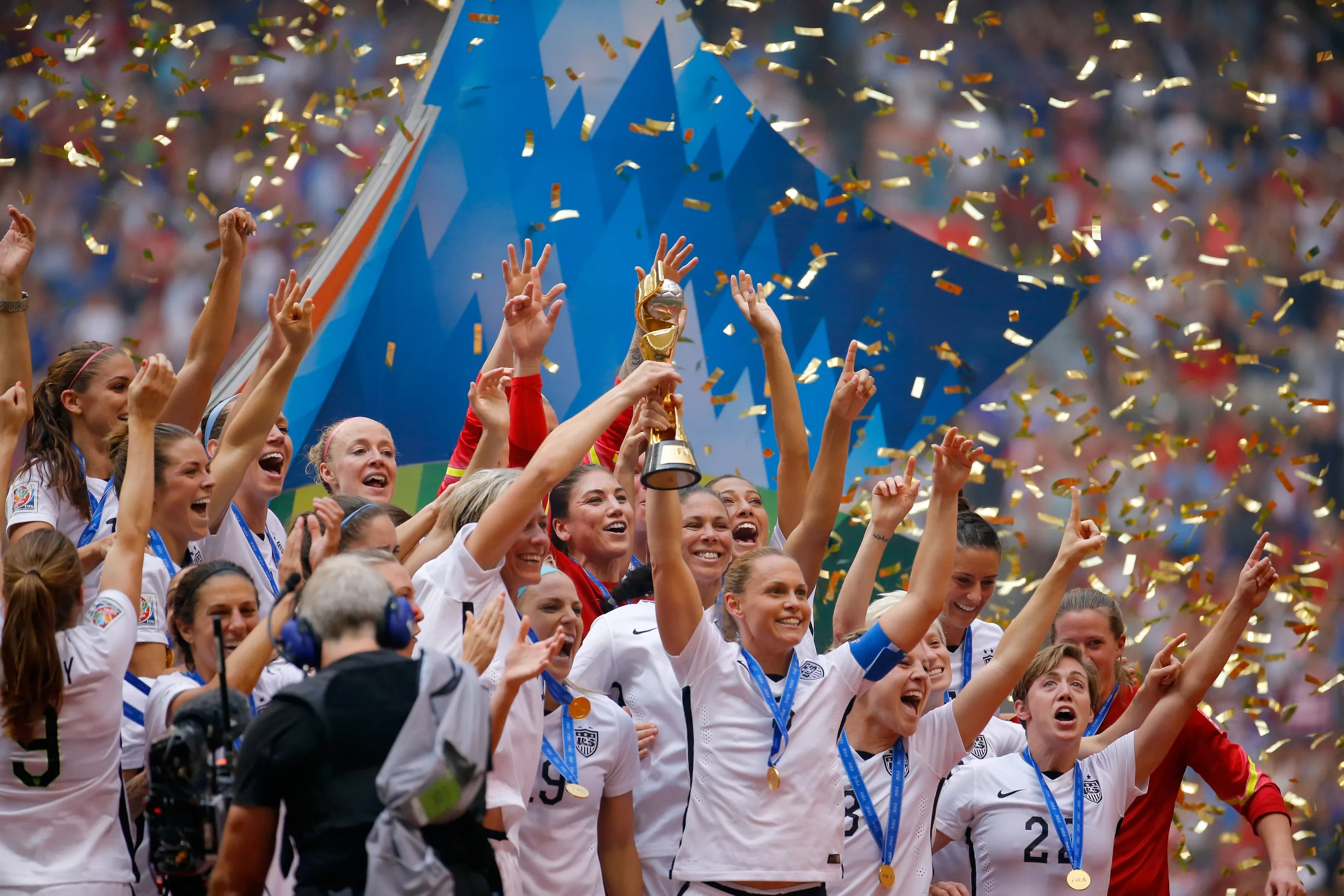
Rising Stars and Legends
This competition has produced rising stars and outstanding players who have established themselves as recognisable figures in women’s football. Every edition has introduced us to outstanding athletes like Michelle Akers, Abby Wambach, Marta, and Megan Rapinoe who have left a lasting influence on the sport and motivated subsequent generations.
The most well-known and widely acknowledged rating system for men’s and women’s football players is the FIFA/Coca-Cola World rating, which is published by FIFA.
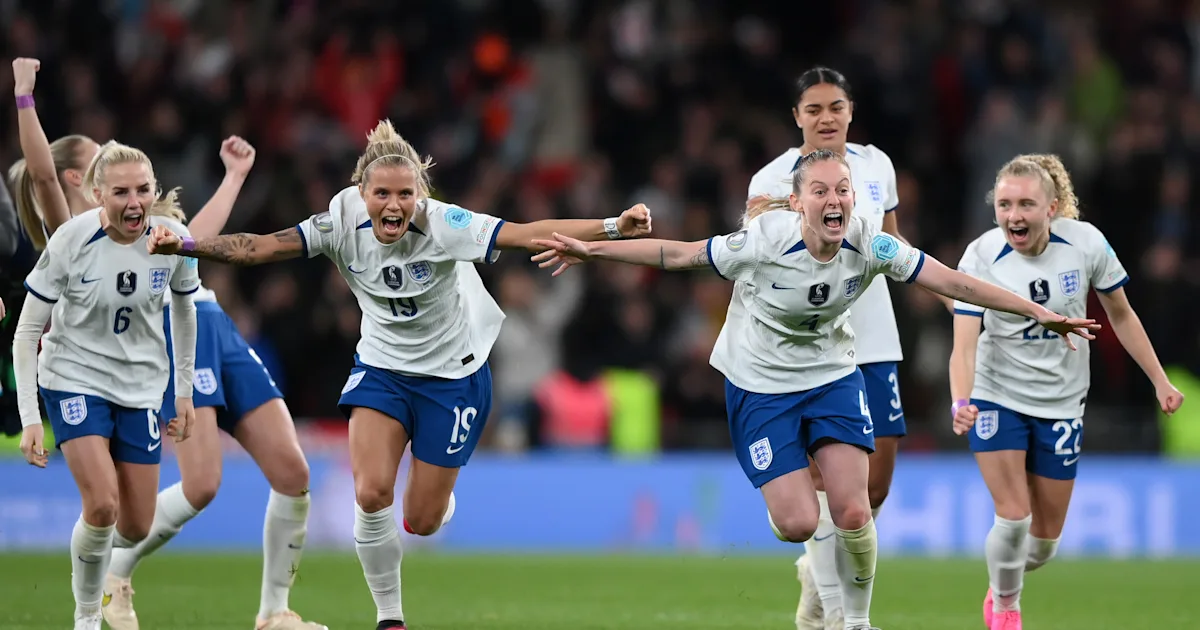
At that time, some of the top-ranked female soccer players included:
Sam Kerr (Australia) – A prolific goal scorer with a stellar club and national career. She represented Chelsea FC Women of the FA Women’s Super League.
Wendie Renard (France) – A commanding central defender and France’s national team captain. She has been a vital member of Olympique Lyonnais’ Division 1 Féminine team in France.
Vivianne Miedema (Netherlands) – A highly skilled forward and goal-scoring machine for both club (Arsenal Women) and country.
Marta (Brazil) – She has a distinguished career and was a standout player for Orlando Pride in the National Women’s Soccer League (NWSL). She is frequently recognised as one of the finest female soccer players of all time.
Lucy Bronze (England) – A competent and adaptable defender who has experience playing for prestigious teams like Olympique Lyonnais and Manchester City Women.
Dzsenifer Marozsán (Germany) – A talented midfielder who has contributed significantly to both the German national team and Olympique Lyonnais.
Megan Rapinoe (United States) – A dynamic winger and influential figure on and off the field, she was playing for OL Ren in the NWSL.
Conclusion
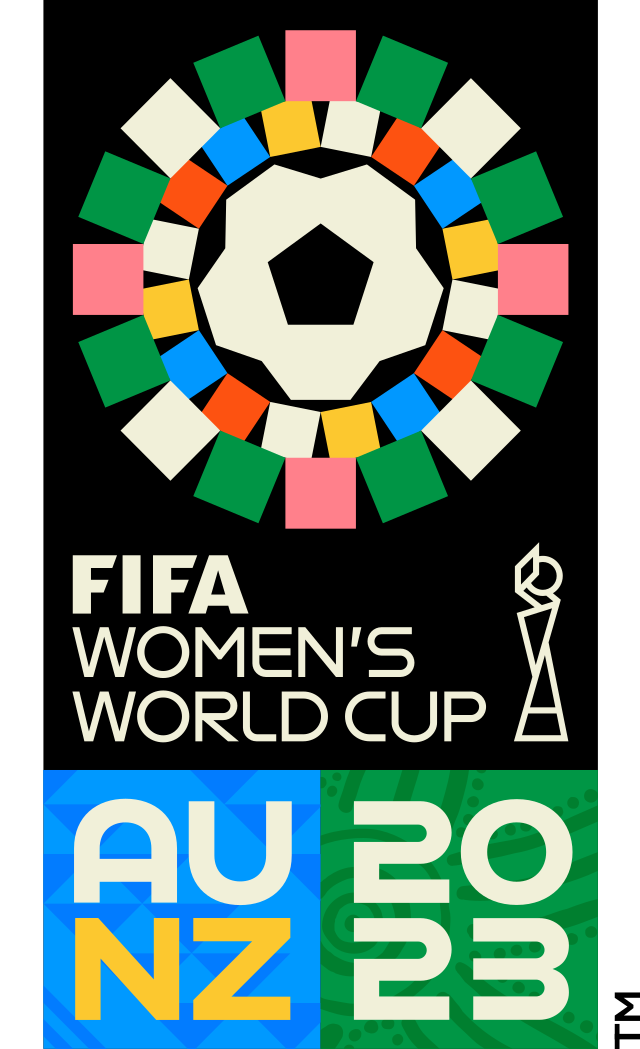
Instead of just being a football match, the Women’s Soccer World Cup 2023 is a celebration of greatness, diversity, and unity. With each consecutive iteration, the event’s significance grows, transcending differences, breaking down barriers, and inspiring generations of women to believe in themselves and pursue their ambitions.
